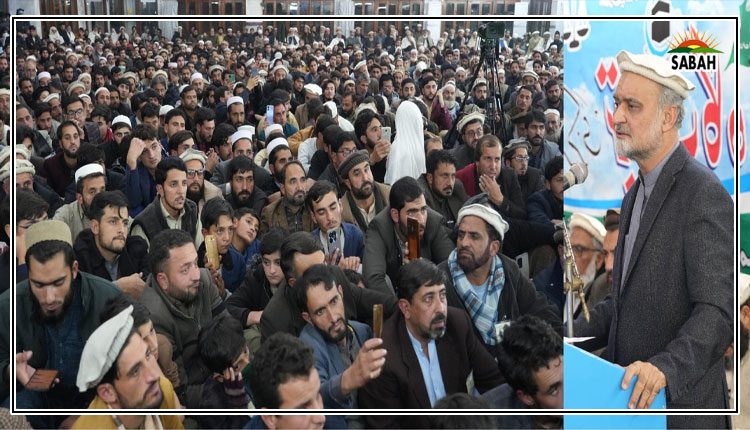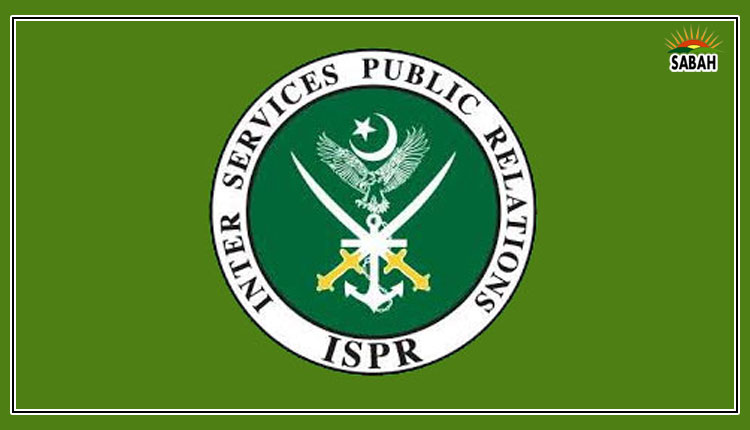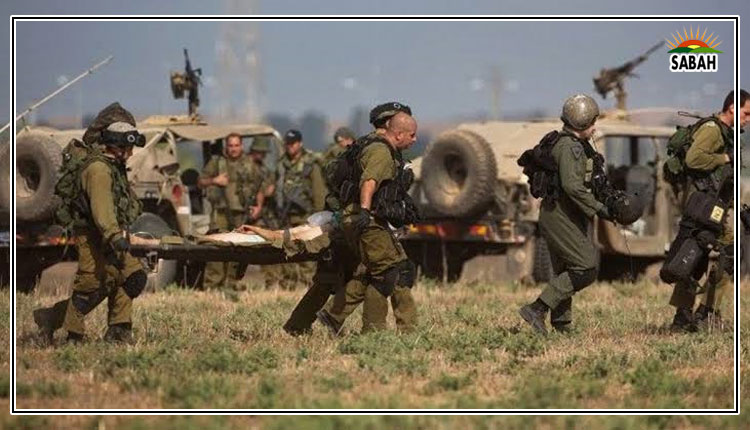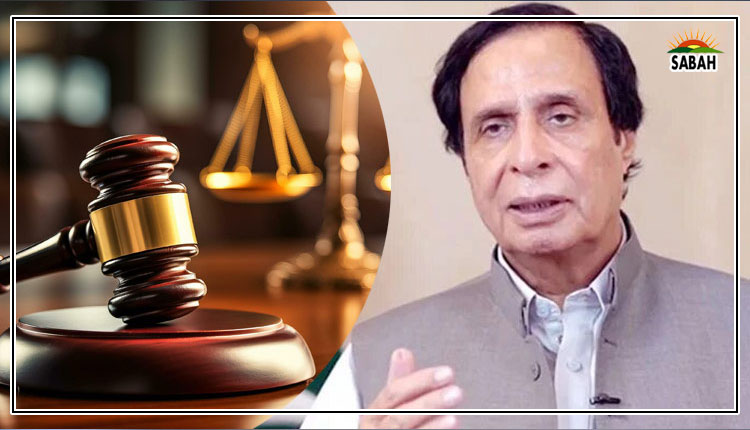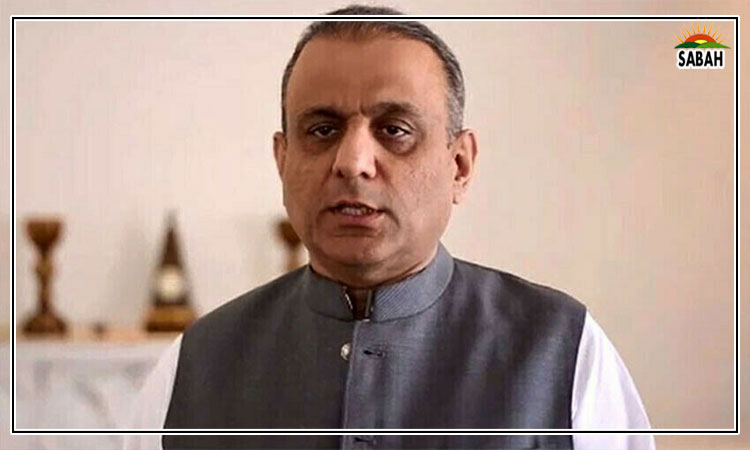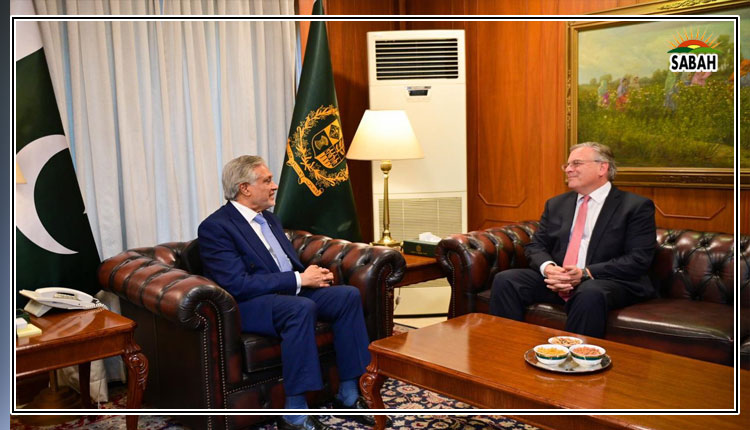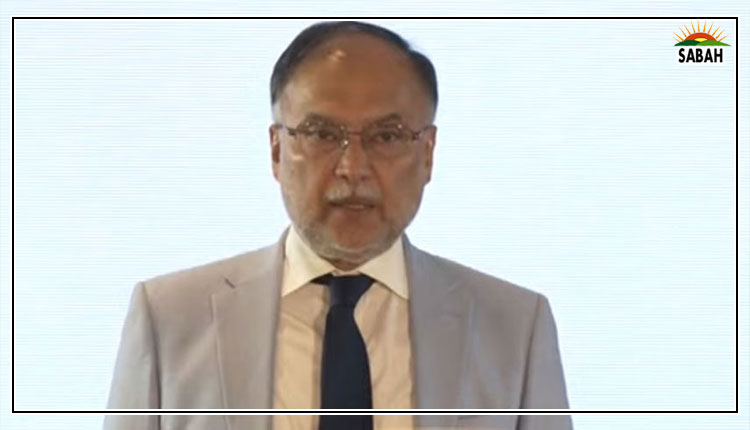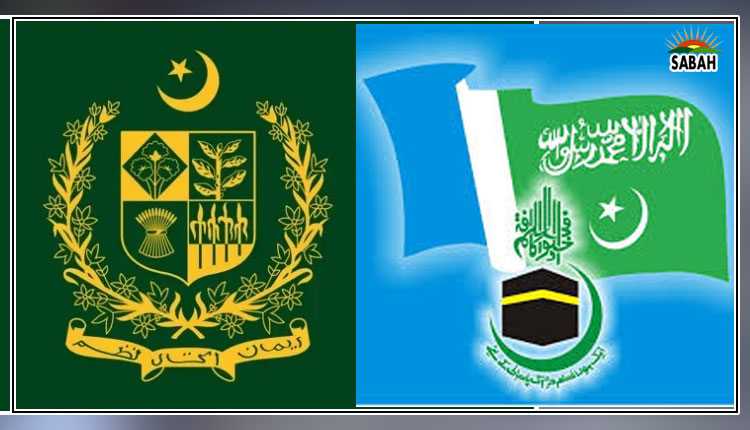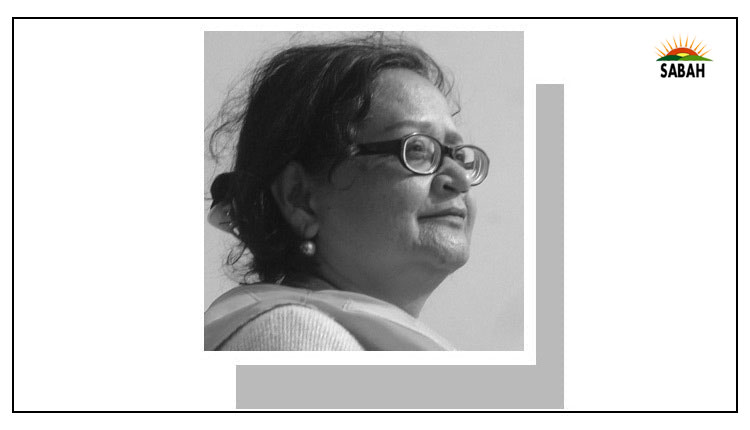Gas infrastructure & communities…. Zeenat Hisam
NATURAL gas has played a major role in Pakistans energy matrix since the first large reserve was discovered in Sui, Balochistan, in 1952. Significant gas fields of smaller sizes were discovered subsequently and made operational in the provinces, particularly Sindh where the gas reserve at Mari was discovered in 1956, and the Qadirpur and Miano gas fields in the 1990s. Since then, exploration, discoveries and oil and gas production have continued.
Oil and gas extraction requires huge capital, sophisticated technology and highly skilled labour. The first beneficiaries are thus the investors operating companies and management (national or global corporations).
The larger beneficiaries are industries and households, mainly in urban and industrial areas. But the local population living in Pakistans hydrocarbon-producing regions do not benefit from the natural resources beneath their feet and that are being extracted by outsiders which include provincial and federal governments.
Instead, they suffer from the consequences of extraction. Natural gas emits methane, potentially hazardous to the environment and people. Exploration, drilling and production of natural gas affects the habitat. The biggest threat of gas extraction is the process of fracking, using a lot of water from local reservoirs, which pollutes water bodies.
Sindh accounts for some 60 per cent of the countrys oil fields and 44pc of its gas fields. Despite this significant endowment, Sindhs rural and semi-urban areas near the oil and gas fields are underdeveloped and the villages are poor. While the dominant development narrative is built around technical aspects, scrutiny and analyses of energy production and its benefits, the plight of local communities is seldom documented.
A snapshot study of three villages in the area close to the gas fields in Sanghar District was undertaken in 2022 by The Knowledge Forum, a nonprofit for research and advocacy. The scoping study, based on focus group discussions with villagers indicated that companies make alliances with powerful political and spiritual leaders to protect their own interests.
The companies give petty civil works contracts to influential persons who hire local people on meagre wages. According to the rules, a social welfare development committee is formed at the district level for utilisation of royalty and production bonus generated through oil and gas production. It comprises MNAs from the district and other districts, MPAs and tehsil nazims. But it does not include community or civil society representatives and development experts.
The local population living in hydrocarbon-producing regions do not benefit from the natural resources beneath their feet.
Gas distribution, transmission and storage operations have polluted the air and made the atmosphere hazier. Flaring of gas has raised the temperature of the area. Chimneys leave everything in the surrounding area coated with a thin layer of a slimy substance which damages the crops. Tremors induced by drilling shake the walls and roofs of homes.
There have been incidents where roofs have been damaged or have caved in. The biggest problem is water pollution. Before operations began, the underground water was sweet and drinkable. All three villages have a gas pipeline but households rely on traditional cooking fuel wood, dung and kerosene.
According to members of the communities, the Sui gas pipeline network is just 1.5 kilometres away from this area but none of the villages has been supplied with gas though the companies are mandated to provide piped gas service to areas falling within a distance of 5km.
Under the law, the company concerned is supposed to employ advanced techniques, practices and methods of operation for the prevention of environmental and other damage. The communities do not know about these specific rules and regulations, and dont have access to the reports, though they are aware that it is the companies responsibility to prevent and mitigate such damage to the environment.
The participants informed the team about the high incidence of lung (respiratory infections, asthma) and skin diseases (rashes, boils, allergies) as well as eye and gastrointestinal problems. Reportedly, there are no Basic Health Units in the villages.
The people were aware that the federal and provincial governments and the companies have statutory obligations towards social welfare of the communities. But, according to them, these obligations are not fulfilled.
The companies pay to the government under production entitlements, taxes, royalties, dividends, bonuses and infrastructure improvement funds. Royalties are payable at the rate 12.5pc of the value of the petroleum/gas, and 10pc royalties are to be utilised for infrastructure development in the district. Tax is payable at the rate of 40pc of the net profit. In addition, windfall levy and production bonuses also yield hefty sums to the government.
According to the rules, the companies, in consultation with local civil administration or the provincial government, have to undertake social welfare programmes in education, provision of drinking water, health, roads, etc. The participants thought that the revenue generated had it been spent justly and as stipulated during the last many years would have transformed Sinjhoro and Tando Adam tehsils, and the villages would have transformed into decent sustainable habitats.
The villagers shared they are deprived of employment opportunities in the companies working in their area. In a village, a few people got temporary work on less than the minimum wages of Rs4,600 to Rs10,600 per month. According to the rules, the company has to ensure employment of unskilled workers of the area to the extent of at least 80pc of the unskilled workers category.
The people whose lands are located in the gas/oil field, are paid annually Rs48,000 or Rs50,000 per acre. The companies have not given increments in the rate since the last five years. People on whose lands transmission lines pass are paid at the rate of only Rs10,000 per acre annually.
Due to lack of adequate disclosure of information clauses in the relevant laws, the companies and provincial departments do not share information which would help the communities monitor the spending of the social welfare fund and revenues under other heads.
There is a need to facilitate and strengthen local organisations and develop knowledge products in local languages. Existing legislation, rules and regulations must be reviewed and disclosure of information implemented. The due portion from generated revenue must pass on to benefit the local communities.
The writer is a researcher in the development sector.
zeenathisam2004@gmail.com
Courtesy Dawn, March 4th, 2023


